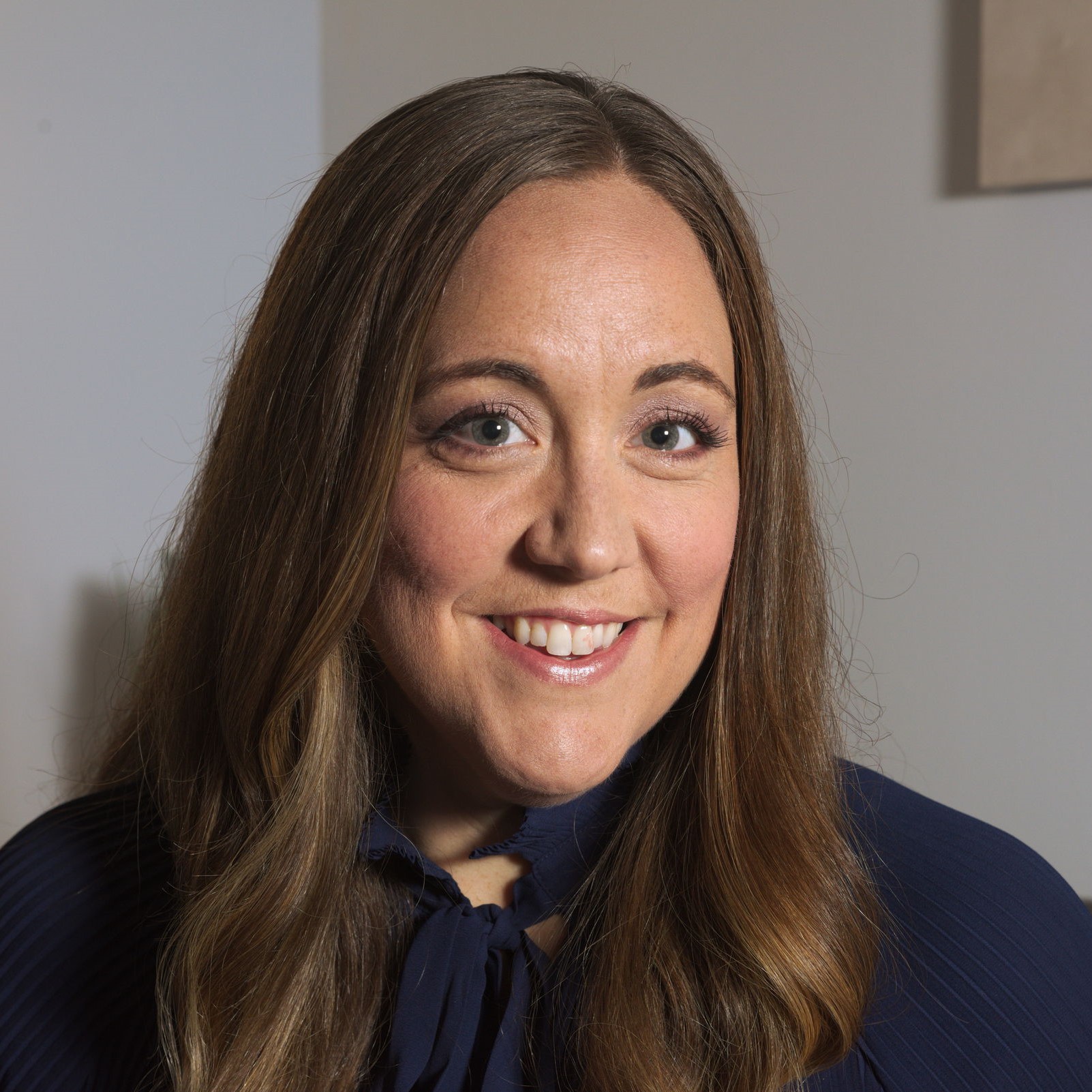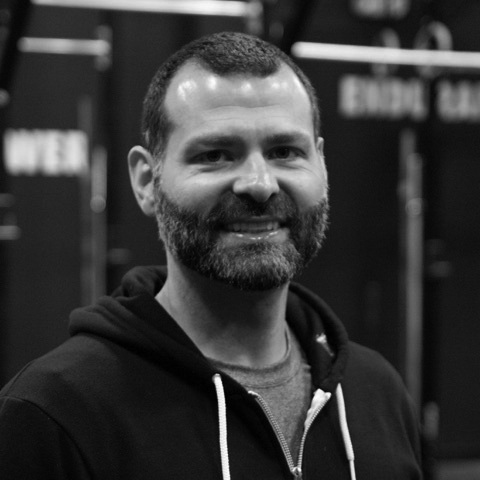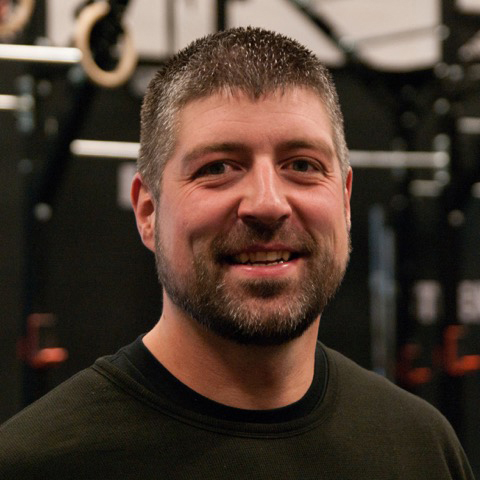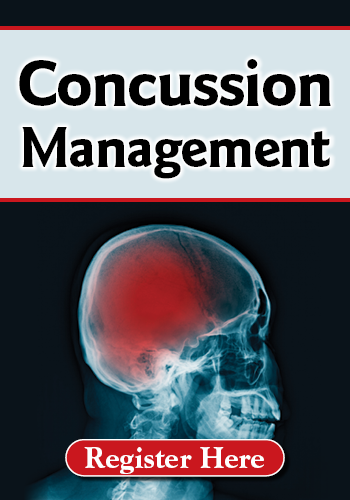Some of the most challenging injuries to treat are the ones we cannot see; concussions are no exception. Whether you are the first point of contact after a head injury or are involved in subsequent care, your patients are counting on you to help them navigate their recovery and treatment process.
We have assembled a team of six clinical experts for this in-depth and evidence-based course to provide a foundation in treating concussions and the aftereffects. You’ll learn:- How to identify signs of a concussion and when further assessment is needed
- What happens to the brain for a concussion diagnosis
- Clear assessment criteria for activity progression and return to activity after a concussion
- Evidence-based interventions to address dizziness, headaches, motion/light sensitivity, neck pain and more!
Join our multi-disciplinary team of experts as they guide you in resolving the biggest challenges of working with concussion patients.
You’ll discover treatment strategies for vestibular, vision, cervical spine involvement and SO much more!
No matter your level of experience, this course will give you tools that you can implement immediately.
Concussion Management:
A Multi-Disciplinary Approach to Evaluation, Treatment and Return to Activity
Click here for Credit details | Click here for course objectives and outline

- Mechanics of traumatic brain injury
- Dispelling myths about CTE
- Expected and unexpected cognitive declines
- Cognitive rehabilitation interventions for attention and executive function
- Multimodal treatment interventions: developing a comprehensive, person-centered treatment plan

- Best ways to evaluate head injury when you aren’t in clinic
- Screening tool to use immediately: neurological and balance exam
- Red flags and when to refer

- Investigate the anatomy of visual complaints
- Assessing common ocular motor defects
- Saccades
- Tracking
- Near point convergence
- New point of accommodation
- When to refer to a neuro-optometrist

With the challenge of balancing activity and rest, it can be difficult to determine how quickly to progress your patient through their treatment plan. These strategies will help you to effectively measure a patient’s progress and implement vestibular, oculomotor and exertion exercise training. With a broad range of treatments, you’ll learn techniques that can be applied with patients across the lifespan.

- Positional release (PRT)
- Myofascial release (MFR), Soft tissue mobilization (STM)
- Craniosacral therapy (CST)
- Joint mobilization
- Muscle energy technique

Athletes who suffer concussions are three times as likely to sustain another concussion in the future as compared to those who are concussion free. This high likelihood of a re-injury makes the return to play process extremely important. You’ll investigate return to play testing and gradual return to activity for athletes of all ages, as well as some new and innovative ideas for assisting the healing process.
A Multi-Disciplinary Approach to Evaluation, Treatment and Return to Activity
Click here for Credit details | Click here for course objectives and outline

Click here for information about Sherrie All.
Click here for information about Edward Le Cara.


Click here for information about Robert Constantine.
Click here for information about Jamie Miner.


Click here for information about Theresa A. Schmidt.
Click here for information about Mitch Hauschildt.

We’re that confident you'll find this learning experience to be all that's promised and more than you expected.
Concussion Management:
A Multi-Disciplinary Approach to Evaluation, Treatment and Return to Activity
Click here for Credit details | Click here for course objectives and outline

